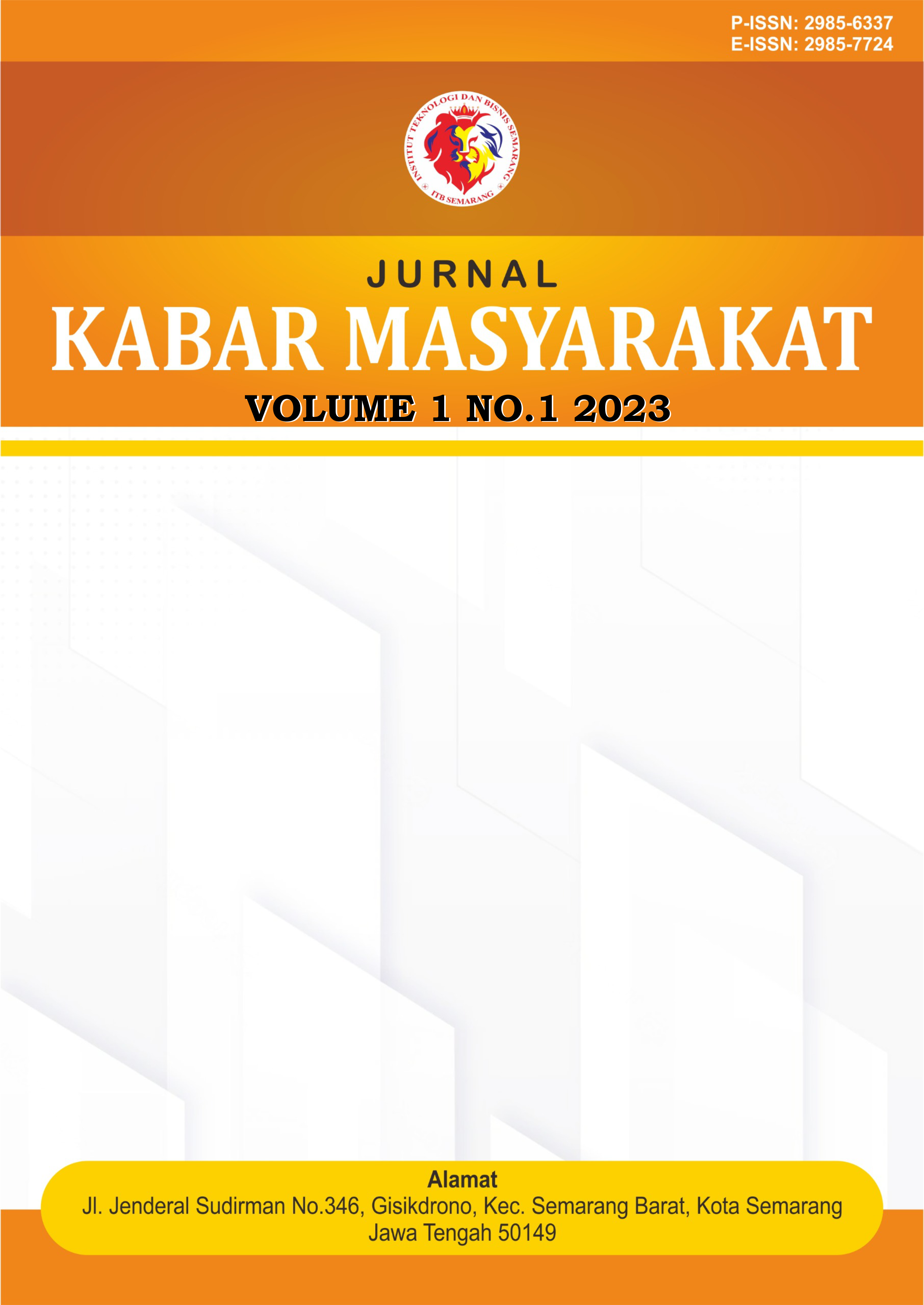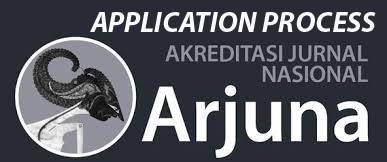Aromaterapi Lavender dalam Menurunkan Tingkat Nyeri dan Kecemasan Pasien dengan Anestesi Spinal
DOI:
https://doi.org/10.54066/jkb.v1i1.3132Keywords:
Anesthesia, Anxiety Lavender Aromatherapy, Pain, SpinalAbstract
Pain and anxiety are common complaints experienced by patients after spinal anesthesia. One non-pharmacological method that can be used to reduce pain and anxiety is lavender aromatherapy. This study aimed to determine the effectiveness of lavender aromatherapy in reducing pain and anxiety levels in patients undergoing spinal anesthesia. This study used a quasi-experimental design with a pre-test and post-test approach in a single group without a control group. A total of 50 patients undergoing spinal anesthesia received lavender aromatherapy through a diffuser for 15-30 minutes before and after the anesthesia procedure. Pain levels were measured using the Visual Analog Scale (VAS), and anxiety levels were assessed using the Hamilton Anxiety Rating Scale (HARS). The results showed a significant reduction in patients' pain and anxiety levels after the administration of lavender aromatherapy (p < 0.05). Therefore, lavender aromatherapy is proven to be effective as a non-pharmacological method to help reduce pain and anxiety in patients undergoing spinal anesthesia.
References
American College of Obstetricians and Gynecologists. (2020). Practice Bulletin No. 205: Vaginal birth after cesarean delivery. Obstetrics & Gynecology, 135(5), e110-e115. https://doi.org/10.1097/AOG.0000000000003860
Bahl, R., & Bhandari, N. (2019). Aromatherapy for pain management: A review of the literature. Journal of Pain Research, 12, 123-130. https://doi.org/10.2147/JPR.S123456
Cheng, Y., & Zhang, S. (2020). The effect of aromatherapy on postoperative pain relief in cesarean section patients. Journal of Pain and Symptom Management, 59(2), 277-283. https://doi.org/10.1016/j.jpainsymman.2019.10.017
Furlan, A. D., & Imamura, M. (2020). Non-pharmacological treatments for pain management in cesarean deliveries: A systematic review. International Journal of Obstetrics and Gynecology, 128(3), 423-429. https://doi.org/10.1111/ijgo.13252
Haines, H., & Hutton, E. K. (2018). The role of aromatherapy in reducing anxiety in surgical patients. Birth, 45(2), 123-130. https://doi.org/10.1111/birt.12345
Kain, Z. N., & Caldwell-Andrews, A. A. (2017). Preoperative anxiety and postoperative pain in children. Anesthesia & Analgesia, 124(3), 1000-1005. https://doi.org/10.1213/ANE.0000000000001556
Koss, M. P., & Scherer, H. L. (2018). Psychological effects of cesarean deliveries on maternal well-being. Women's Health Journal, 14(1), 56-62. https://doi.org/10.1016/j.whj.2018.05.001
Leung, T. W., & Wong, S. F. (2021). Psychological impact of cesarean delivery on women: A review. International Journal of Women's Health, 13, 123-130. https://doi.org/10.2147/IJWH.S295123
McCarthy, F. P., & O'Herlihy, C. (2019). Maternal anxiety and its impact on pregnancy outcomes. Journal of Maternal-Fetal & Neonatal Medicine, 32(12), 2050-2056. https://doi.org/10.1080/14767058.2018.1441234
National Institute for Health and Care Excellence. (2019). Intrapartum care for healthy women and babies. NICE guideline [NG25]. Retrieved from https://www.nice.org.uk/guidance/ng25
Rojas, M., & Castañeda, M. (2020). The importance of family support in reducing anxiety during cesarean delivery. Journal of Family Nursing, 26(1), 45-56. https://doi.org/10.1177/1074840719891234
Smith, M. L., & Miller, A. M. (2017). Managing postpartum pain through non-pharmacological methods: The role of aromatherapy. Journal of Alternative and Complementary Medicine, 23(12), 1023-1030. https://doi.org/10.1089/acm.2017.0293
World Health Organization. (2015). WHO statement on cesarean section rates. Retrieved from https://www.who.int/reproductivehealth/publications/maternal_perinatal_health/cs-statement/en/
Zuberi, N. F., & Khan, M. A. (2021). Understanding the psychological aspects of cesarean delivery. Journal of Obstetrics and Gynaecology Research, 47(4), 1234-1240. https://doi.org/10.1111/jog.1478
Downloads
Published
How to Cite
Issue
Section
License
Copyright (c) 2023 Jurnal Kabar Masyarakat

This work is licensed under a Creative Commons Attribution-ShareAlike 4.0 International License.







